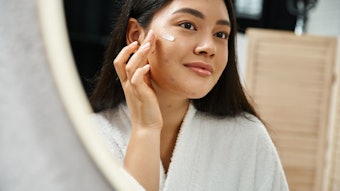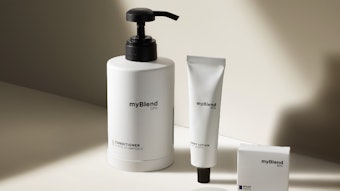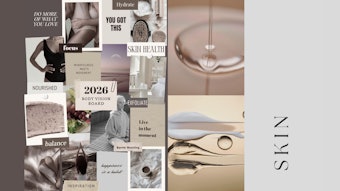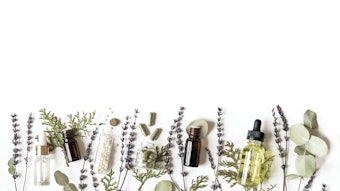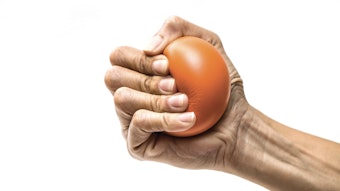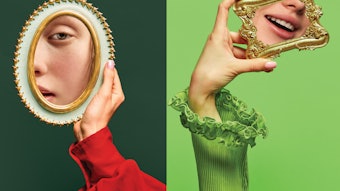Today’s luxury market represents every marketer’s and retailer’s “sweet spot.” The top 25% of households (incomes of $75,000 and higher) have incomes 2.5 times larger than the nation’s average and they spend about two times more than the average on most categories of consumer goods. In effect, the luxury consumer buys more of everything and spends more every time they shop.
But today the luxury market is undergoing dramatic changes as a new generation of luxury consumers, the baby boom generation, becomes the “new luxury” generation. Because consumer insight is the ultimate competitive weapon, here are eight essential things that every luxury marketer needs to know about today’s luxury consumer.
Luxury Lesson #1—“Old luxury” is at an end … “New luxury” is here!
Back in the “go-go” 90s, luxury was defined by the attributes, qualities and features of the product itself—like price, materials and brand—and much of its appeal was derived from status and prestige. Shopping was a competitive sport and the one who acquired the most luxury “toys” was declared the winner. This “old luxury” ideal is best embodied by the television show, “Lifestyles of the Rich and Famous with Robin Leach,” and such “old luxury” icons as Donald Trump and Martha Stewart. But “old luxury” is dying out. “Old luxury” doesn’t resonate with the new luxury generation, the baby boomers, who have always been a generation that challenged authority, rejected the status quo and went their own way.
“New luxury” is luxury defined consumer-centrically, totally from the point of view of the consumer. Today’s new luxury consumers focus on the experience of luxury embodied in the goods and services they buy, not in ownership or possession itself. So “new luxury” is about the experience of luxury from the consumers’ perspective, while “old luxury” remains focused on the attributes and qualities of the product and the traditional status and prestige ideal of luxury.
Luxury Lesson #2—Luxury consumers are driven experientially; it’s not about the money
The luxury consumer primarily interprets and participates in the luxury market experientially. Luxury just isn’t about the thing anymore; it is about the special experience people feel in buying and using or enjoying that thing. For these consumers, luxury is about achieving a comfortable lifestyle in the material realm, having those things that make life easier, more pleasant and satisfying. But the real meaning in the luxury life comes through family, friends, experiences that deepen one’s understanding and appreciation of life. In other words, the luxury lifestyle is not necessarily about money; it’s about the experiences and feelings that having enough money can bring.
The cosmetics and beauty category by definition is highly experiential. Cosmetic marketers have long known how to transform the thing they sell into an experience, as Charles Revson said many years ago, “In the factory we make cosmetics, but in the stores we sell hope.” To turn products into experiences, the secret is to focus on the luxury performance, and not only, as so many beauty product companies do, by stressing the clinical performance aspects of its products, but how well the products deliver a luxurious, special feeling to the consumers. A 23% reduction in fine lines and wrinkles sounds all well and good, but what does it really mean? A message believably stating to the consumer that by using our special lotion and potion they will have a 100% improvement in self-esteem and confidence delivers an experience. The focus should be the luxury transformation that the consumer achieves through the products.
Luxury transcends the physical and material. It is interpreted personally and experientially, and is not exclusively about what one has or owns. As a result, it transforms the individual, enhances their appreciation of life. Almost 90% of luxury consumers agree with the statement: “Luxury doesn’t have to be the most expensive thing or be the most exclusive brand.”
Click here to read the full article. You will be redirected to Global Cosmetic Industry magazine's Web site.

